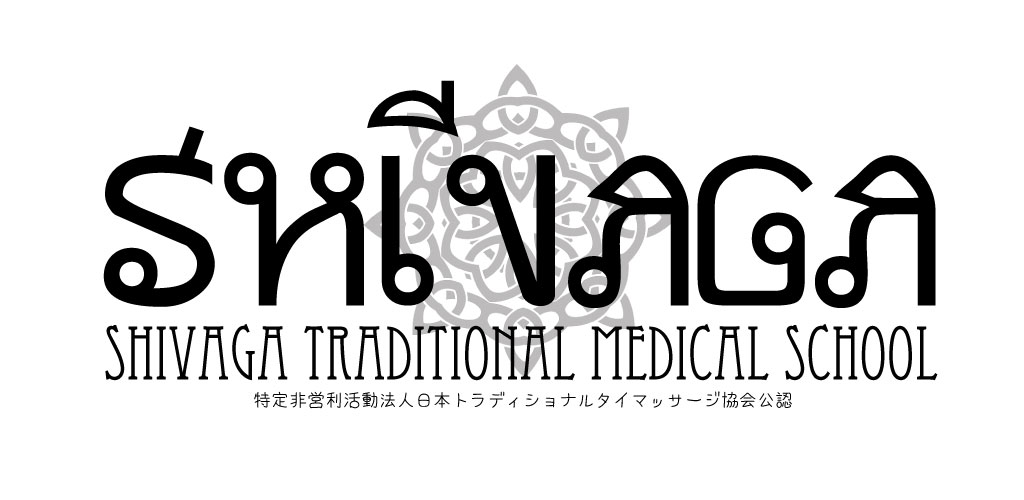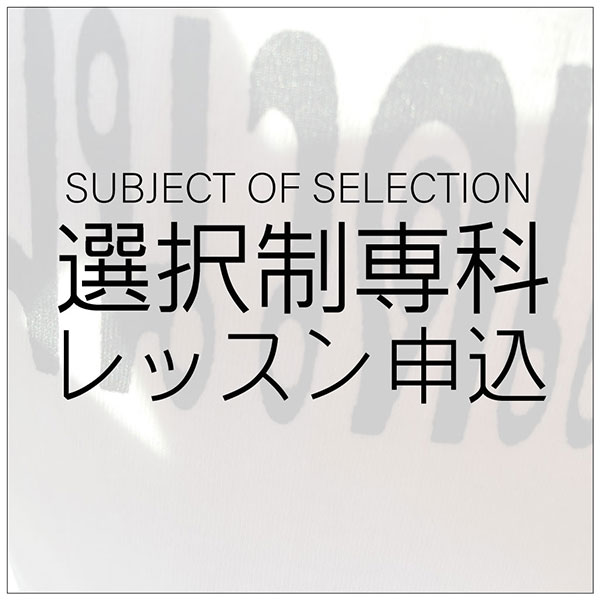
| →For Japanese |
 |
 |
 |
 |
 |
 |
 |
 |
 |

SUBJECT OF SELECTION |
|||||||||||||||||||||
| 選択制専科 | |||||||||||||||||||||
|
|||||||||||||||||||||
Yok Thong, also known as uterine massage and ovarian massage, is ideal for gynecological prevention and symptom relief of gynecological diseases. In parallel with Japkasai, it is also very effective for couples' infertility treatment. Encourage the secretion of female hormones, menopausal disorders and beauty effects! |
|||||||||||||||||||||
| →Click here to apply | |||||||||||||||||||||
| ◇ Entrance fee: 0 yen ◇ Course time: 12 hours (4 credits) ◇ Tuition fee: 264,000 yen (including textbook and teaching materials) ◇When using TTMA tickets: 80 tickets |
|||||||||||||||||||||
"Yok Thong" is the mystery of Thai classical medicine known as uterine ovarian massage. This is a procedure that is only performed on women. "Yok Thong" is a treatment method for women, and it is a classic treatment therapy that works on the uterus and ovaries, and can be expected to have good effects on troubles common to women such as urinary tract and cystitis. In terms of age, after the age of 35, the uterus and ovaries begin to move downward due to gravity, and this puts pressure on the bladder and other parts of the body. In other words, blood flow is slightly hindered by compressing the capillaries. This accelerates the deterioration of these organs and makes it difficult for lymphatic functions to function, making it easier for cystitis and other diseases to develop. Indeed, "Yok Thong" is a treatment method for the purpose of preventing such gynecological diseases and alleviating symptoms. "Yok Thong" literally means "lift the stomach". This treatment lifts the lower abdominal organs and is effective in preventing gynecological diseases. When women feel pain or discomfort in the lower abdomen, it is often a sign of gynecological disease. Various symptoms such as lower abdominal pain, bloating, headache, low back pain, swelling, irritability/anxiety, and depression caused by changes in hormones before menstruation are called PMS. Although there are individual differences, it seems that it often starts 3 to 10 days before the menstruation begins. Some women have no PMS at all. Since PMS is caused by hormonal fluctuations, it may be more of a physiological change that occurs every month rather than a disease. During PMS, it is important to try to relax and exercise moderately. In addition, caffeine, alcohol, salt, and fatty foods may aggravate the symptoms and should be avoided. Severe menstrual pain is called dysmenorrhea, and heavy menstrual bleeding is called polymenorrhea. The cause may or may not be found clearly, but typical diseases that cause dysmenorrhea and menorrhagia are uterine fibroids, adenomyosis, and endometriosis. “Uterine fibroids” is a disease in which benign tumors called “leiomyomas” form in the muscles of the uterus. Adenomyosis is a type of endometriosis, which is described later, and is a disease in which endometrial cells of the uterus proliferate in the muscles of the uterus, causing the uterus to enlarge or form lumps. Uterine fibroids and adenomyosis have similar symptoms and treatments. Endometriosis is a disease in which endometrial cells of the uterus proliferate outside the uterine cavity, such as the peritoneum. In severe cases, the entire pelvis will fuse together and harden. The general surgical method for uterine fibroids is ``simple hysterectomy'', which removes the entire uterus, but when it is necessary to preserve the uterus for childbirth, ``enucleation'', which removes only the fibroid lump, is performed. It is done. However, enucleation involves the possibility of recurrence of fibroids after surgery, the possibility of massive bleeding during surgery, the need to protect a certain period of contraception (about 1 year) until the next pregnancy, and the need for a caesarean section in the next delivery. There are also disadvantages such as the fact that there are many Also, depending on where the fibroids are formed, there are cases where enucleation cannot be performed. Such enucleation cannot be performed in adenomyosis. In some cases, a special operation is performed to remove the thickened muscle layer, but in principle, a simple total hysterectomy is the basic operation. “Functional dysmenorrhoea” is common among young women. Since this often improves through pregnancy and childbirth, in most cases the progress is observed only with symptomatic treatment such as analgesics. In addition, these symptoms may be improved by adjusting the balance of hormones by taking the pill, but the side effects of the pill must also be taken into consideration. Endometriosis is a disease in which the lining of the uterus or similar tissue that normally lines the inside of the uterus grows outside the uterus. The cause of endometriosis is still not clearly understood. It seems that one in four women in their 30s and 40s have uterine fibroids. Uterine fibroids are tumors that form in the uterus. There is a theory that it may be related to the female hormone estrogen, but the exact cause of tumor formation is unknown. It is said that there may be dozens of uterine fibroids rather than just one, but most uterine fibroids are benign. Uterine fibroids can grow if left untreated, and depending on the size and symptoms of the fibroids, surgical treatment may be required. Here are some things you can do on a daily basis as preventative measures to avoid getting gynecological diseases. It has long been said that women shouldn't cool their bodies anyway. When the body gets cold, the blood circulation gets worse and there are malfunctions all over the body. Therefore, let's make it a habit to do what you can do to improve your poor circulation on a daily basis. Moderate exercise is very important. Also, on cold winter days, it's a good idea to eat meals to warm your body. For example, warm soups and pots warm the body. Recipes that incorporate ginger are also said to be good for improving sensitivity to cold. In addition, it would be nice to plan to go to a hot spring that can only be enjoyed by Japanese people. Everyone has a different way of getting rid of stress. Try to find stress relief that works with your lifestyle. Going to the movies on a day off, going out to eat with friends, traveling, playing sports, and shopping can all help relieve stress. There is probably no person in modern society who does not feel stress at all. In order to live a healthy life both physically and mentally, it is important not to accumulate stress. Having a regular lifestyle is one of the basics for maintaining good health. Lack of sleep not only makes you tired, but also reduces concentration and weakens your physical strength. In addition, intentionally creating time to relax by getting massage treatments as an alternative medicine is a plus. Improve your natural healing power and get a healthy life. Uterus and ovary massage "Yok Thong" does not expose the client's lower body during the treatment. For men, there is a classical treatment known as "japkasai" (testicle massage), in which the man's testicles are pulled. For women, the organ that corresponds to the testicles corresponds to the ovaries, so there is no embarrassment like for men. This technique is a secret that was only taught to excellent therapists among the therapists who perform traditional Thai massage, and there are very few therapists who have this technique even in Thailand. Yok Thong is an advanced and delicate technique that stimulates the energy lines of the abdomen, making it a highly effective massage treatment for the prevention and relief of gynecological ailments. Uterus and ovary massage Yok Thong is by no means a customary procedure. Never touch a woman's genitals. This technique is equivalent to testicle massage for men, and is an advanced technique that stimulates the energy lines of the abdomen. Usually, it is a treatment method performed with the whole body warmed by Thai traditional massage, and it is effective in preventing and alleviating symptoms of gynecological diseases. * The types and characteristics of gynecological diseases are as follows.
|
|||||||||||||||||||||
|
|||||||||||||||||||||
| →Click here to apply | |||||||||||||||||||||
| ◆Other categories | |||||||||||||||||||||
| See each course in the General Course | |||||||||||||||||||||
| See each selective course | |||||||||||||||||||||
| See each Open College course | |||||||||||||||||||||
| See TTMA Professional Therapist Qualification Acquisition | |||||||||||||||||||||
| See each short-term intensive training course | |||||||||||||||||||||
| See each course of the correspondence course | |||||||||||||||||||||
 |
|||||||||||||||||||||
 |
|||||||||||||||||||||
 |
Please contact TTMA School Information Free dial(JAPAN ONLY):0120-406-402 mobile:81-80-2069-6268 |